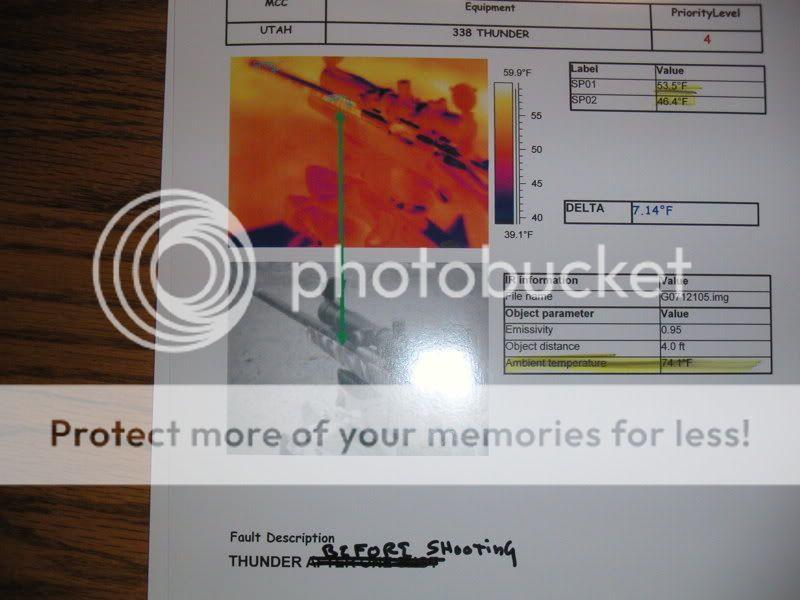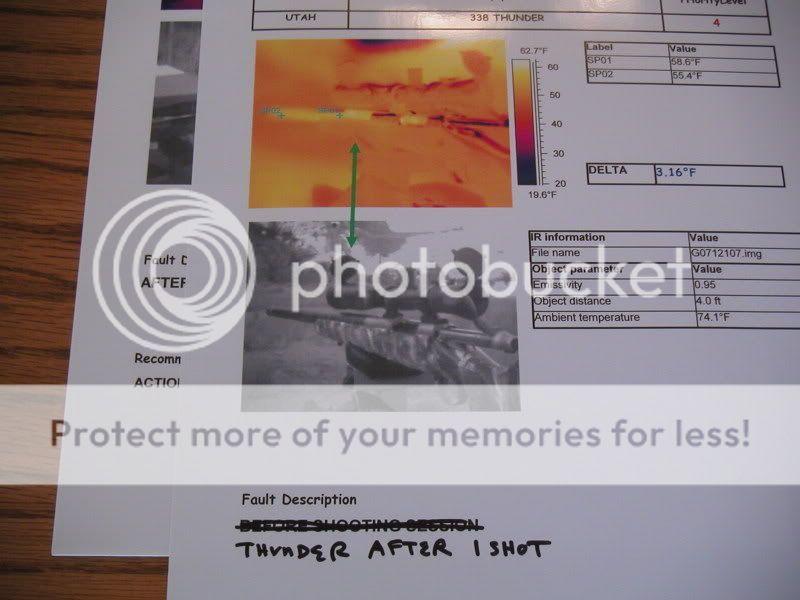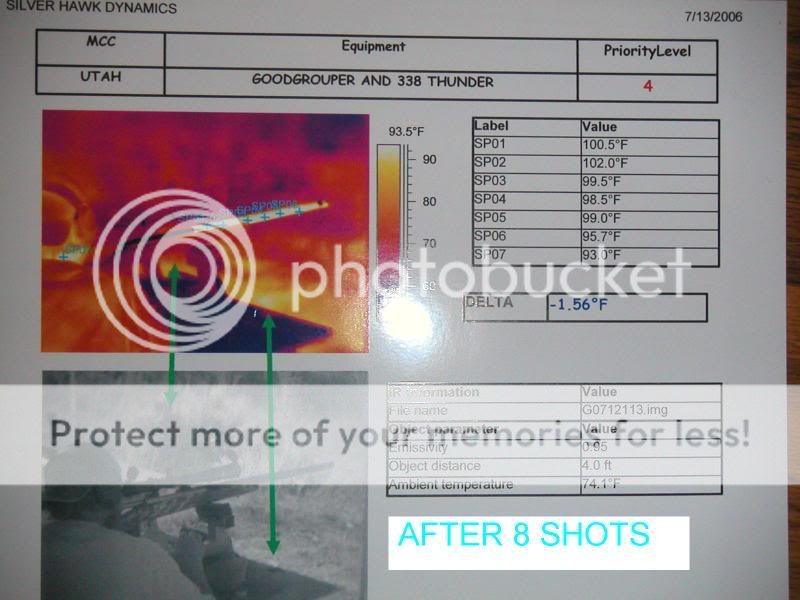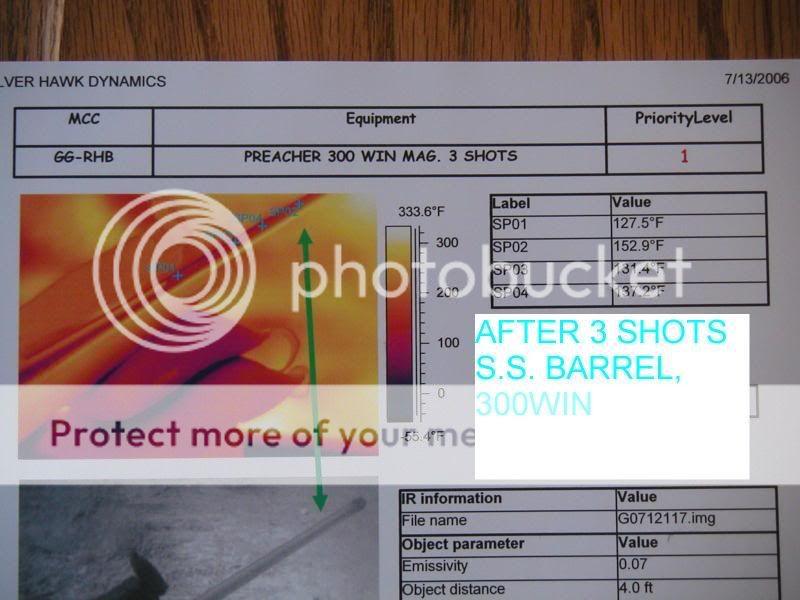Desert fox
As I said before, one needs to be careful with internet "science" but here is some that illustrates what I was trying to say. There are different types of "carbon" fibers. A barrel wrapper has to choose the right one or else he will be making an oven to cook the barrel.
Science?
[ QUOTE ]
Currently, high thermal conductivity fibers are being evaluated as a reinforcement for metal matrix composites. The objective is to produce a less dense material with an even higher conductivity than that of the metal matrix. A carbon fiber/copper composite with a 39 percent volume fraction of fibers has a density of 6.24 g/cc, as compared to 8.96 g/cc for pure copper. However, the density of carbon/carbon composites, approximately 1.5 -1.9 g/cc, is considerably lower. Thus, from the viewpoint of weight reduction, the use of carbon/carbon would still appear to be preferable.
Surprisingly, studies have shown that the thermal conductivity of a composite often depends more on the matrix than on the fibers. One possible reason is that often some of the fibers are broken and are thus discontinuous down the length of the composite, reducing thermal transport. Therefore, when a high thermal conductivity matrix such as graphitic carbon is used, not only do the fibers contribute to high thermal conductivity, but the matrix does as well. Since the thermal conductivity of graphite is higher than that of any metal, carbon/carbon would appear ideal for high thermal conductivity composites. Furthermore, at temperatures exceeding 1100°F, carbon/carbon composites exhibit higher strengths and moduli than metal matrix composites (see Figure 1). Thus, this combination of higher strength, lower density, and higher thermal conductivity makes carbon/carbon preferable to metal matrix composites in numerous applications.
[/ QUOTE ]





